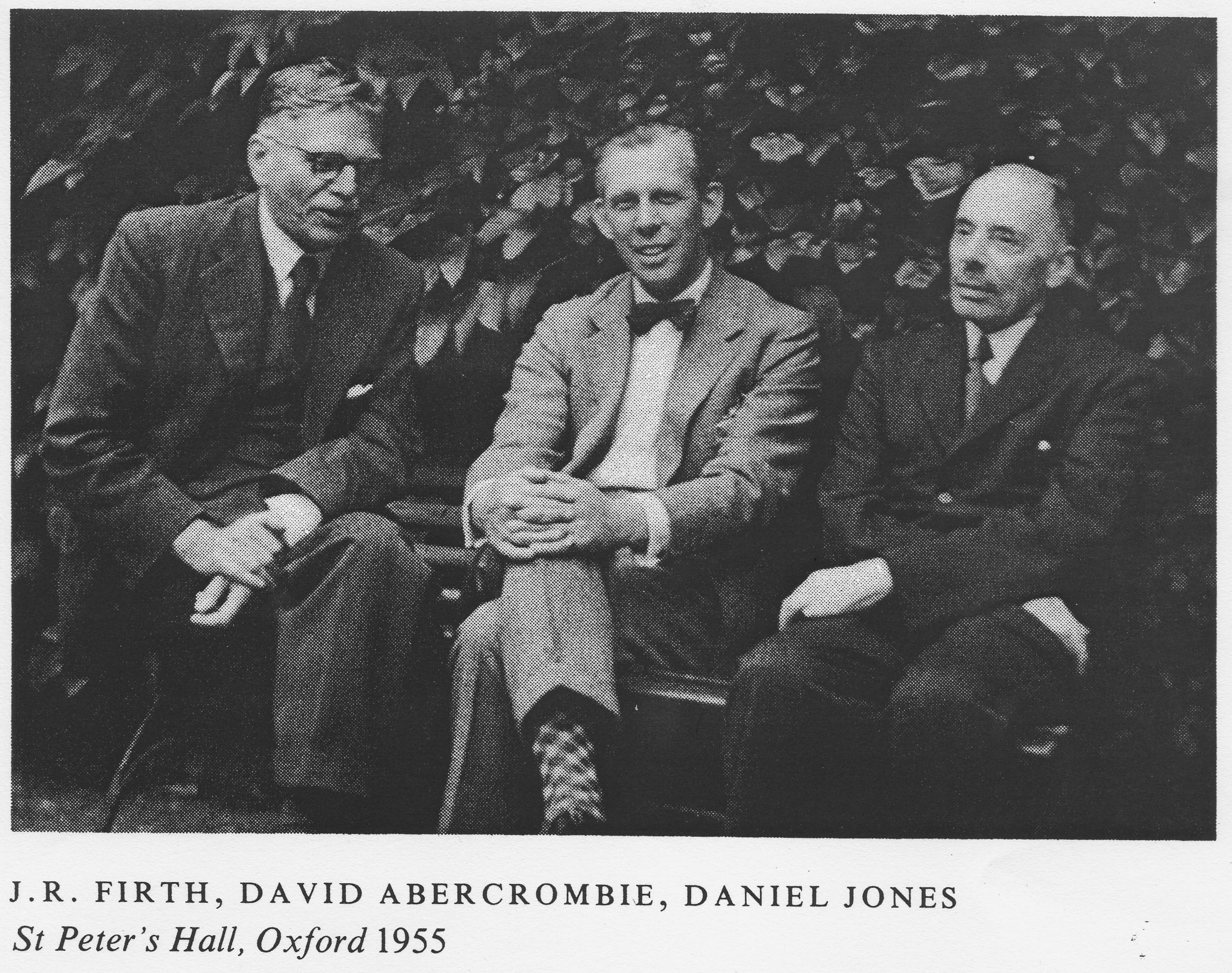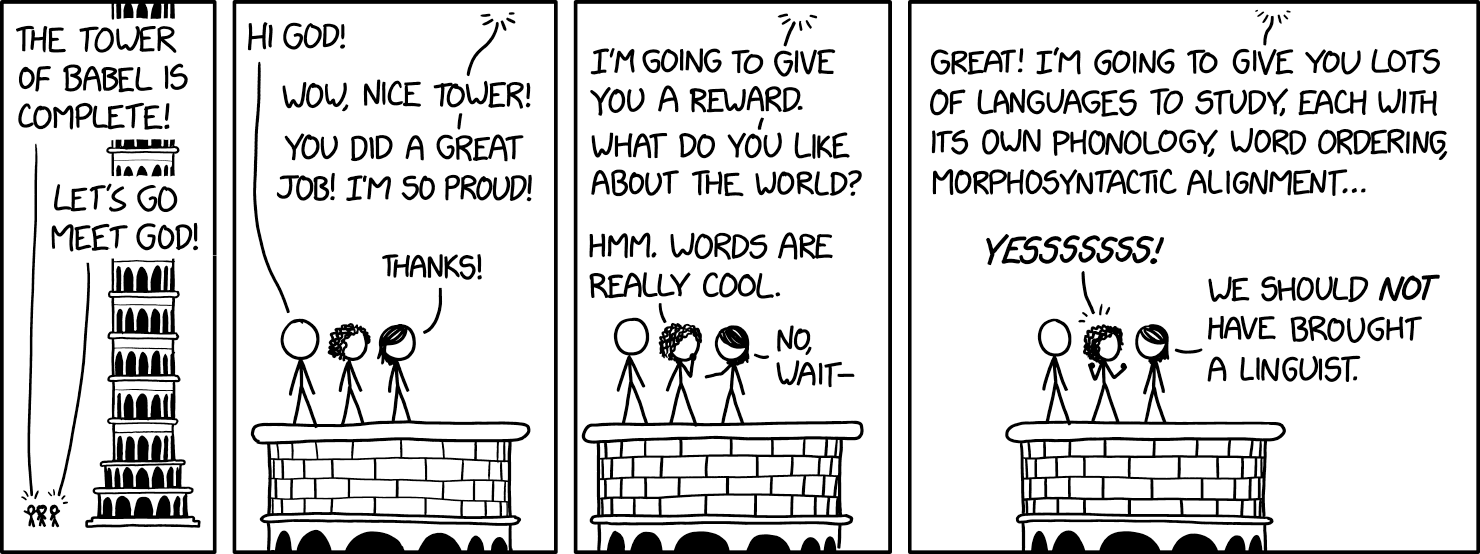"Archaeologists Uncover 2,000-Year-Old Buddhist Site In Pakistan", by Neil Bowdler, Radio Mashaal (2/3/21).
When I watched the embedded video in that article, it sounded to me as though the archeologists were speaking Urdu or something close to it (e.g., I heard them repeatedly use the word matlab مَطْلَب ["meaning; purpose; motive"; Hindi spelling मतलब]) and caught many other words that I recognized from my knowledge of Hindi-Urdu and Nepali, but I was astonished at how much English vocabulary was mixed into the language the archeologists were speaking. Not only did they use a lot of English vocabulary, it was mostly not heavily accented with their local language.
Here are some of the English words and phrases that I heard in the interviews: "important site development", "800 century year ago", "complex", "rainy season", "dwelling monks", "meetings", "religious", "philosophy", "schooling areas", "institute", "architecture", "Buddhism", "Buddhist site", "religious tourism… peace… harmony". I cannot guarantee that this is a complete list of all the English words and phrases in the interviews (total length 3:38), nor that I have transcribed each and every item exactly the way they said it. Still, this list should give a fairly good idea of the nature of the mixed language they are speaking.
Read the rest of this entry »


